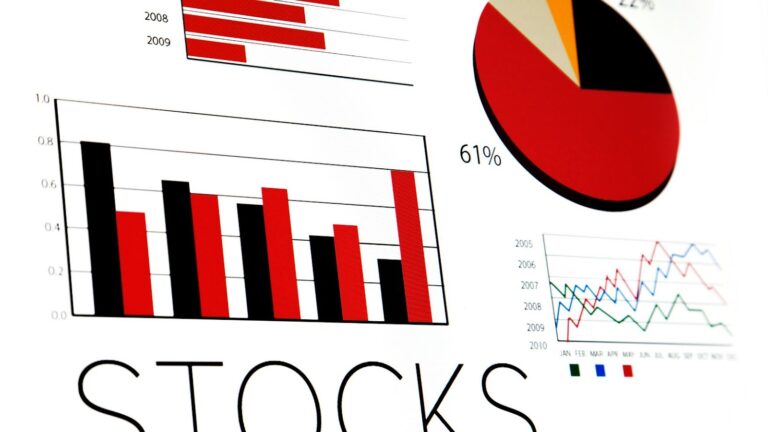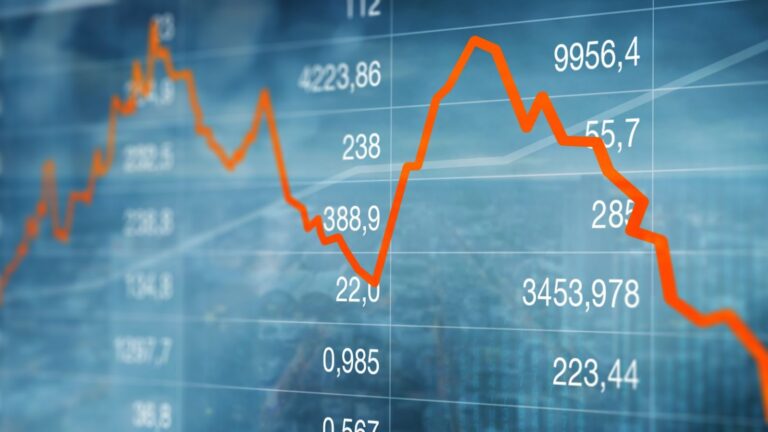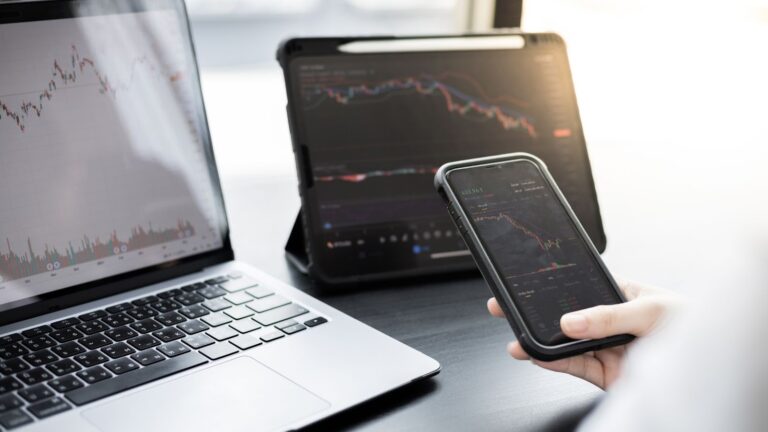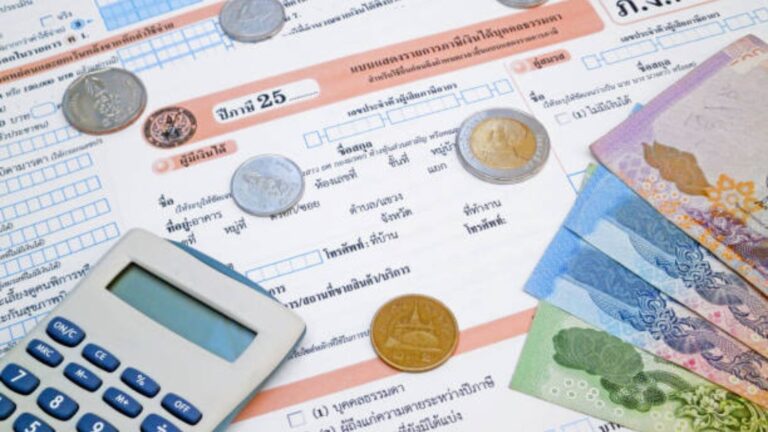- “The Intelligent Investor” by Benjamin Graham
- “Security Analysis” by Benjamin Graham and David Dodd
- “The Warren Buffett Way” by Robert G. Hagstrom
- “One Up On Wall Street” by Peter Lynch
- “Beating the Street” by Peter Lynch and John Rothchild
These are just a few of the many great books that are available on the subject of investing in stocks. By reading and studying these books, you will gain a much better understanding of how the stock market works and what it takes to be a successful investor.
What does gtc mean in stocks
GTC means “good ’til cancelled.” This is an order type that allows investors to place a buy or sell order that remains open until it is executed or the investor cancels it. GTC orders are often used by investors who want to buy or sell a stock but are not sure when the best time to do so will be. By placing a GTC order, the investor is essentially saying that they are willing to buy or sell the stock at the current market price anytime in the future.
What is limit order in stocks
A limit order is an order to buy or sell a security at a specific price or better. A buy limit order can only be executed at the limit price or lower, and a sell limit order can only be executed at the limit price or higher. Limit orders are often used by investors who have a specific price in mind for a stock and do not want to miss out on the opportunity to buy or sell at that price.
What is stop order in stocks
A stop order is an order to buy or sell a security when it reaches a certain price. A buy stop order is placed above the current market price and is only triggered when the stock reaches the stop price. Once the stock hits the stop price, the order becomes a market order and is executed at the best available price. A sell stop order is placed below the current market price and is only triggered when the stock reaches the stop price. Once the stock hits the stop price, the order becomes a market order and is executed at the best available price. Stop orders are often used by investors who want to limit their losses on a stock or protect their profits.
What is market order in stocks
A market order is an order to buy or sell a security at the current market price. Market orders are often used by investors who want to get into or out of a stock quickly and do not care about getting the best possible price.
What is after hours trading in stocks
After hours trading refers to the period of time after the stock market has closed and before it opens again the next day. During this time, investors can still place orders to buy or sell stocks, but these orders will only be executed during the regular trading hours the following day. After hours trading is often used by investors who want to take advantage of news events that occur after the market has closed.
What is short selling in stocks
Short selling refers to the practice of selling a security that you do not own and then hoping to buy it back at a lower price so you can profit from the difference. Short selling is often used by investors who believe that a stock’s price will fall in the future.
What is day trading in stocks
Day trading refers to the practice of buying and selling a stock during the same day. Day traders often use high leverage and take on large risks in order to make quick profits. Day trading is not for everyone, and it is important to understand the risks involved before deciding if it is right for you.










